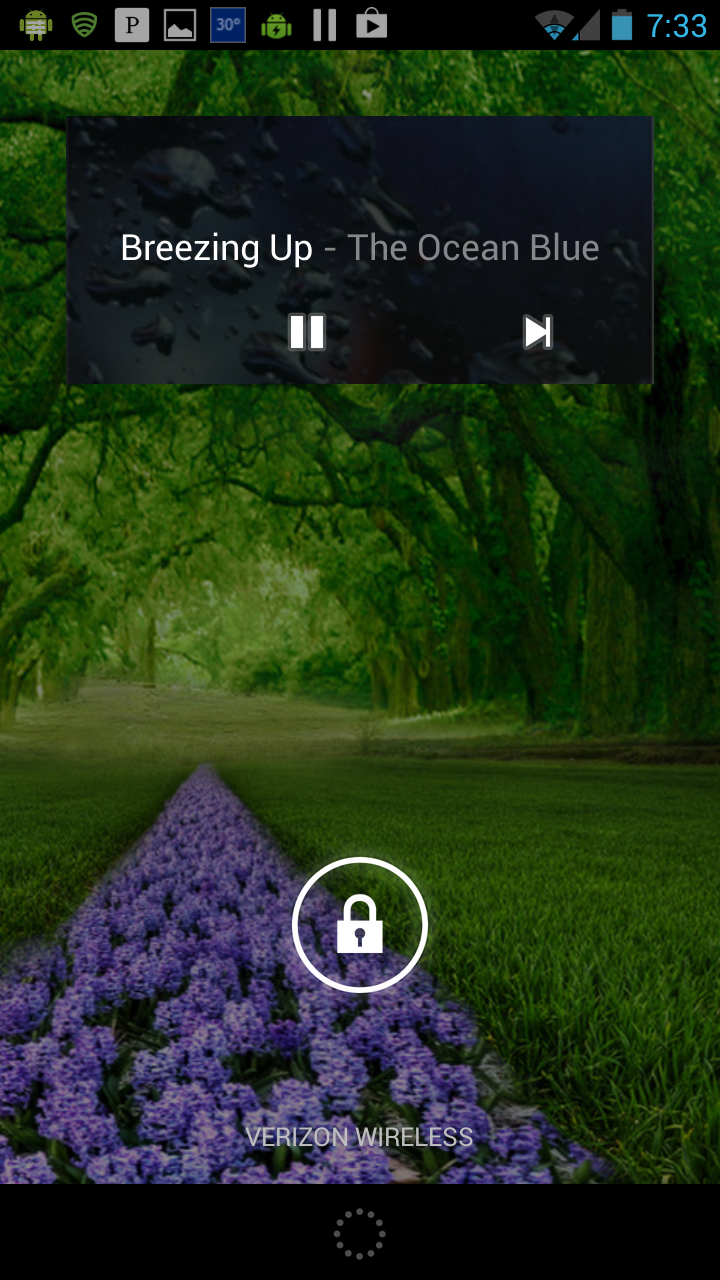
Pandora gets lock screen controls for Android
Pandora gets me through my days. As I am in an office of one person I need to create my own entertainment and the music streaming service on my Galaxy Nexus is one of my favorite options. This morning when I awoke and checked my phone I found that the app had just improved for me and every other customer.
Today Pandora rolls out several new updates to upgrade the streaming music service -- providing you are running Android 4.0, Ice Cream Sandwich, or later. That is the level of the mobile operating system you will need to get the most important of the new features, which is lock screen controls. The control is simple -- just play-pause and skip buttons, along with the artist and song title that show you what is currently playing.
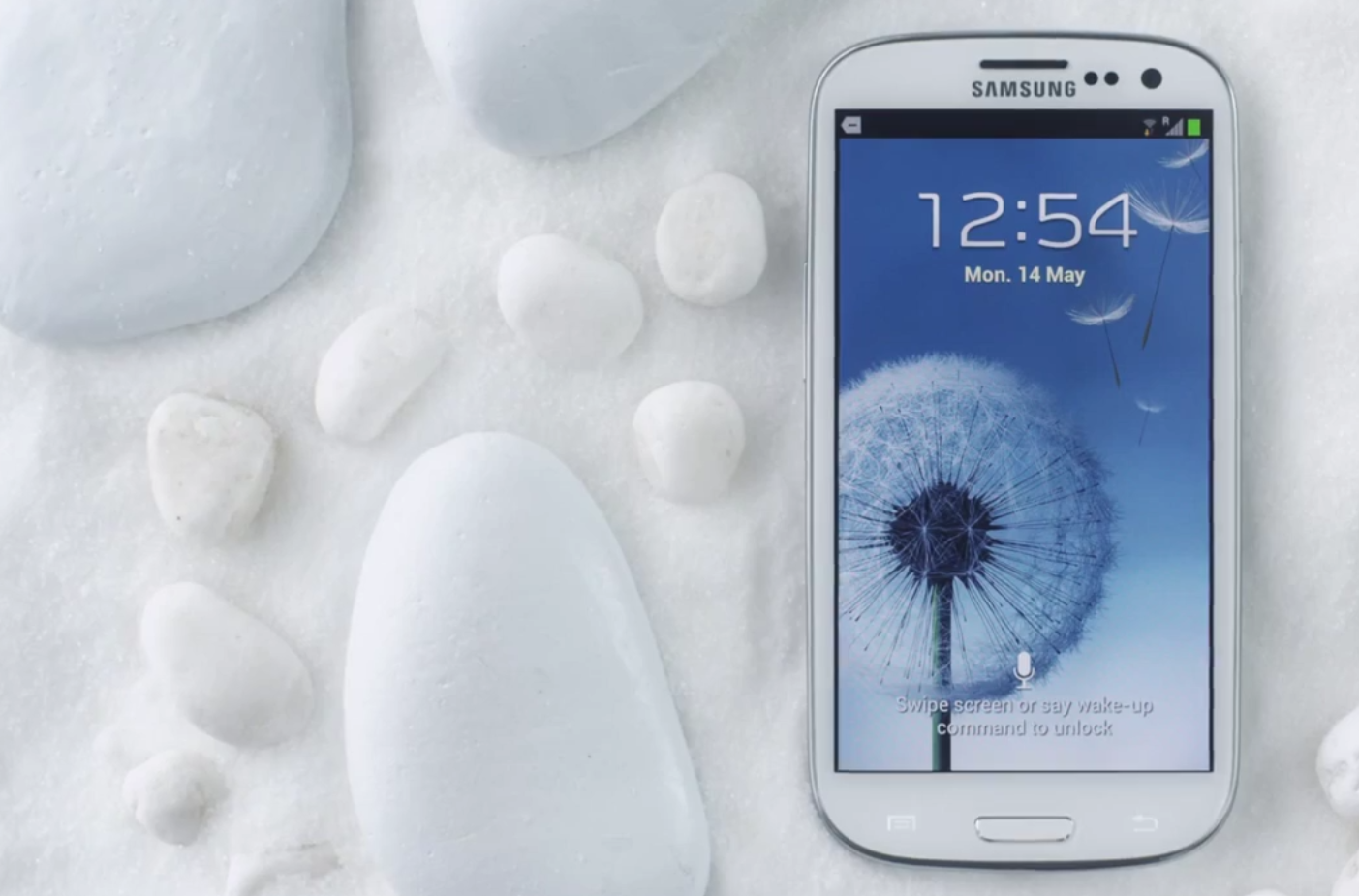
Samsung and Sprint dim iPhone 5's launch-sales glow
Only T-Mobile can save iPhone now. Apple's U.S. market share, as measured by smartphone operating system, retreated in February, according to data Kantar Worldpanel ComTech released today. With the iPhone 5 initial release sales glow gone, and a rapidly saturating market for a product feature set now three models old, share isn't sustainable. Meanwhile, Android gains -- as does Windows Phone.
iPhone share, based on sales, fell to 43.5 percent for the three months ended in February. That's down from 45.9 percent in January and from 47 percent a year earlier. By comparison Android is up -- to 51.2 percent from 49.4 percent sequentially and 45.4 percent annually. By the same reckoning, Windows Phone rose to 4.1 percent from 3.2 percent and 2.7 percent share.
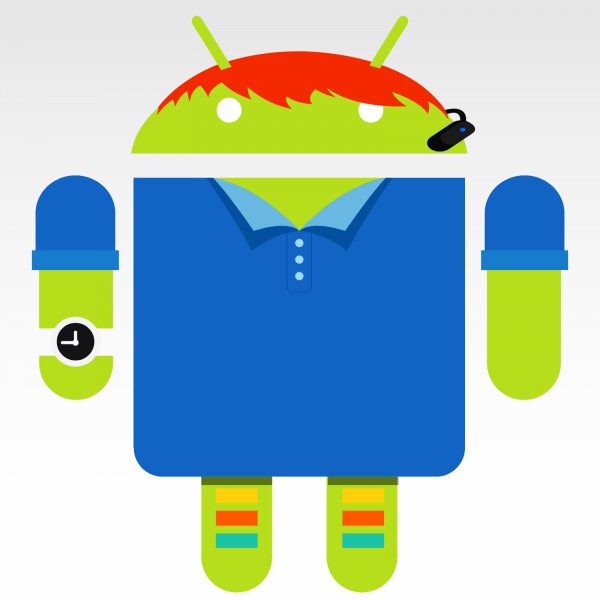
Facebook's 'new home on Android' is a smartwatch
BetaNews has learned that Facebook's "new home on Android" is not a phone, as widely rumored, but -- get this -- a smartwatch. A source with knowledge of the social network's April 4 event contacted me after reading colleague Mihaita Bamburic's Saturday post: "I'm a gadget lover who doesn't love smartwatches".
I simply couldn't believe that, so I contacted a truly trusted source, who acknowledged -- after lots of coaxing -- that the watch tip is genuine. I still didn't believe and contacted another source, who wasn't immediately available because of Easter celebrations. Like Mihaita, I think smartwatches are a dumb idea. About an hour ago, he (or it she) confirmed the Android timepiece will be Facebook's show-stopping announcement.
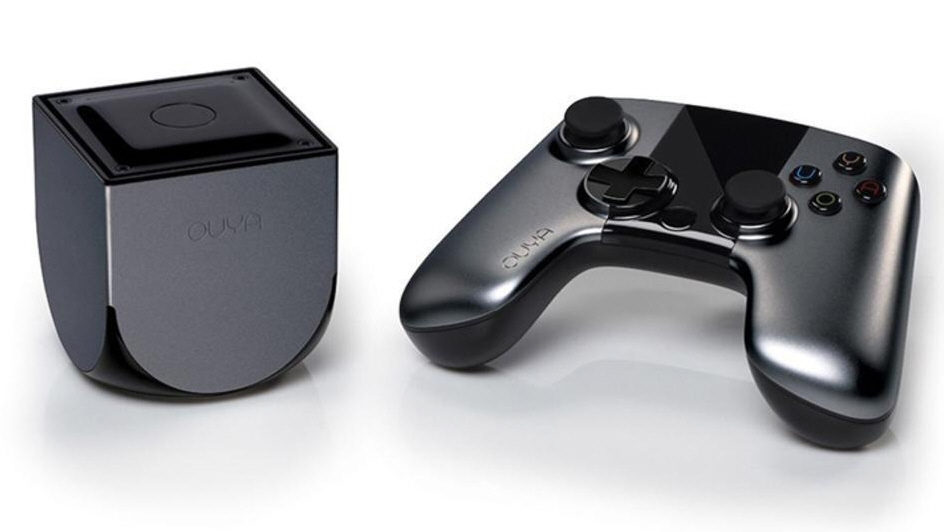
Ouya begins disrupting the gaming console market
The 2012 Kickstarter darling Ouya has been anticipated ever since it skyrocketed past its fund-raising goal and began pre-production. While Sony has released information on its next-generation PlayStation and many people have been talking up the new Xbox, Ouya may have outdone both larger companies in terms of publicity and expectation.
CEO Julie Uhrman announces that "Today we start shipping our early backers their OUYAs. And at our unveiling event this evening, the first of you will get to see OUYA in the flesh (or, metal, as it were)".

Android 4.2.2 factory images available for Verizon Samsung Galaxy Nexus
One month after Android 4.2.2 started to roll out into the wild for Nexus devices, the latest treat in the candy jar has also arrived on the Verizon-branded Samsung Galaxy Nexus. To complete the cycle, Google also updated the factory images for the handset to the latest green droid iteration.
The factory images can be used by Galaxy Nexus users to update their handsets to Android 4.2.2 Jelly Bean, restore the software to the factory default settings, return to the stock green droid flavor after running a custom distribution, or update the radios, among other purposes.

Come April 4, Facebook gets a "new home on Android"
They say April showers bring May flowers. What will Facebook's April 4 event bring? Late today the social network reportedly invited blogs and the news media to "come see our new home on Android". I'm not on the social network's guest list and can only report that based on those who got the invite, everything looks legit and tantalizing.
That's because no one can resist speculating or claiming that some unnamed source -- sorry, your buddy in the next bathroom shouldn't count -- promises debut of the long-rumored, oft-denied, ever-elusive and Google-gauging Facebook phone. Running Android! My God, the irony, the rumor wide-eyed profess. Hey, dudes, what if the new home is a tablet? Like Amazon does with Kindle. Or there's no phone at all?

Google Translate for Android speaks your language, even while offline
¡Hola! Many of us use Google Translate, some on a daily basis. For instance, I follow a few blogs in Reader (a moment of silence please) that are published in languages that are foreign to me. For the most part it works well, but can also lead to some rather amusing results. Now you can get those same laughs from your Android phone, even when you are offline.
Today Google's product manager Minqi Jiang announces that the search giant and mobile operating system developer is "launching offline language packages for Google Translate on Android (2.3 and above) with support for 50 languages, from French and Spanish to Chinese and Arabic".

Google+ gives big Android and iOS updates
Google updates just keep on coming. Earlier today new versions of Google+ for Android and iOS pushed out, and I've been too busy to handle the goods (Later! Promise!). Two key areas of focus: Sharing and sharing -- as in primping photos and being better part of Communities. The updates are somewhat different for both platforms.
In an unsurprising move, the iOS app picks up some features from Snapseed, which Google acquired last autumn. So now, when you’re sharing a photo, you can: "Do basic edits like rotate and crop, as well as select filters like Drama and Retrolux; adjust saturation, contrast, brightness and lots more by sliding your fingers up-and-down, then left-and-right; single tap at any time to compare your creation with the original", Amar Gandhi, Google+ director of product management, says.

I'm puzzled by Chrome World Wide Maze
You'll never guess what you gave up Google Reader for? The tried-and-true makes way for a few, ah, experiments. Newest: Chrome World Wide Maze. Geekdom is abuzz about the oddity this evening. I'm simply baffled, although I see the benefits as a technology preview, which surely must be the point.
Essentially your mobile device running Chrome becomes a remote control for a 3D-maze makeover of any website. I couldn't help myself. I chose bing.com. The setup is a bit convoluted, using -- and therefore showcasing -- tab sync. The process involves opening the site from tabs already available on the other device and completing a handshake using a six-digit number. Then the fun begins, or would have if Chrome Beta for Android hadn't crashed and disconnected while my wife took photos. (Hey, every story needs art.)

What Eric Schmidt REALLY SAID about the future of Android and Chrome OS
Eight days ago, Google dropped an atomic bomb on the Android Army, with Andy Rubin's sudden departure as commander-in-chief. Sundar Pichai, who is responsible for Chrome and Apps, assumed Android leadership. The change led to much speculation that the operating system would sometime soon merge with Chrome OS. As the fallout spreads, an answer arrives: The question is irrelevant.
Google Executive Chairman Eric Schmidt tells reporters in India that Android and Chrome OS will not merge but converge, says Reuter's Devidutta Tripathy. But there's no quote, just paraphrase, which worries me about context. Fortunately, there is a video that provides context and reveals a different priority: Chrome.
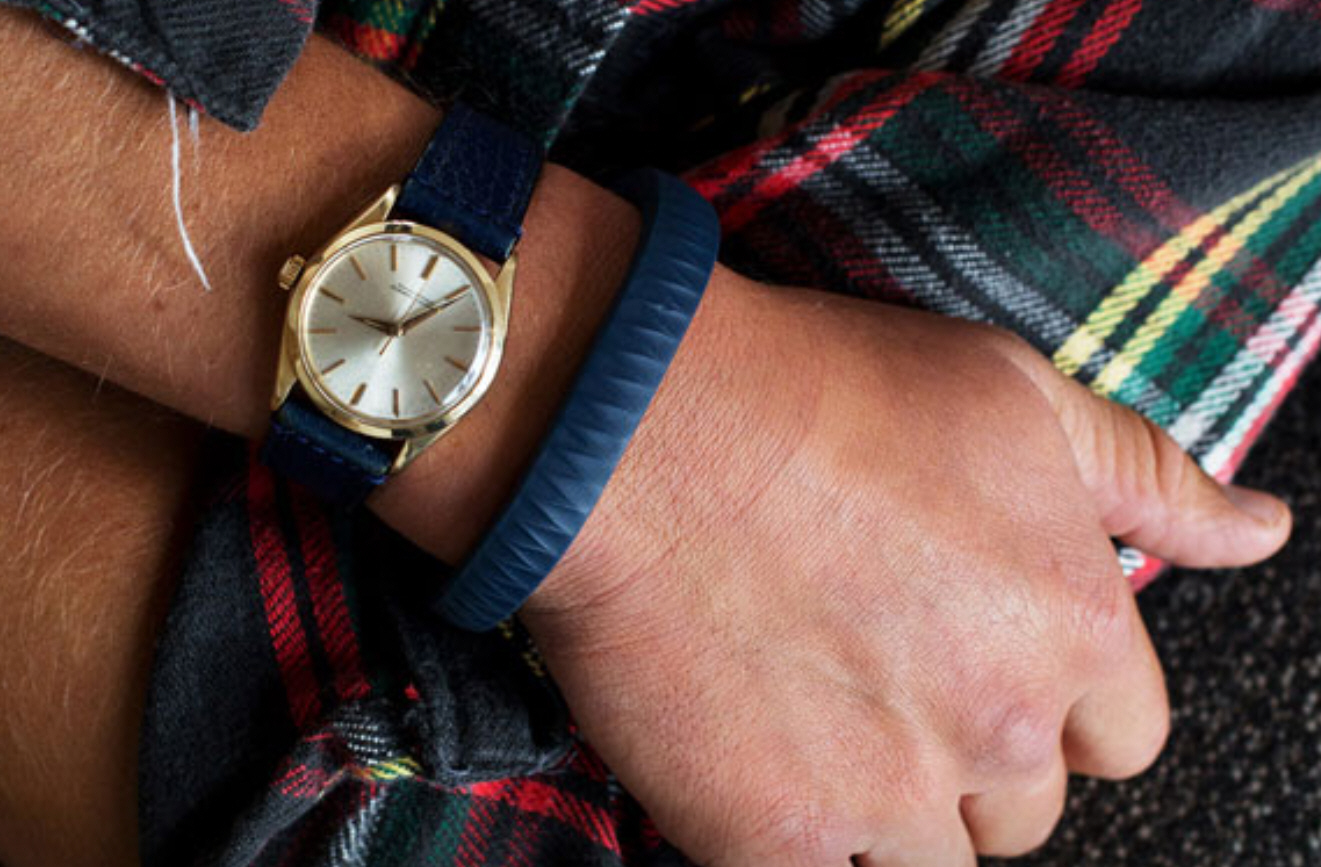
Jawbone releases UP wristband companion app for Android
On Wednesday, Jawbone announced that the companion app for the UP wristband is finally available for Android. Green droid users can now track the way they "sleep, move and eat 24/7" on a number of popular Android smartphones, ranging from the HTC Droid DNA to the Samsung Galaxy Note II.
Alongside the announcement, Jawbone also revealed a couple of interesting statistics related to the UP wristband community. The company says that the community "gets the most sleep on the weekends", "is most engaged in logging meals on Mondays", "has shown that activity doesn't necessarily mean working out: users get the steps on Fridays, but workout most on Mondays, Tuesdays and Wednesdays" and "take the least steps on Saturdays and Sundays".
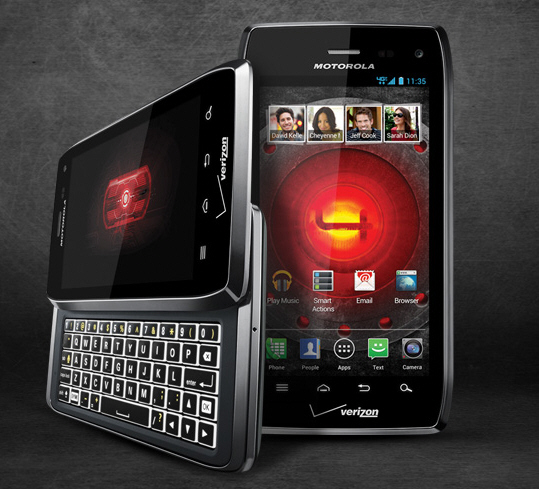
Android 4.1 Jelly Bean rolls out for Motorola Droid 4
US mobile operator Verizon has announced that Android 4.1 Jelly Bean will be rolling out in stages for the Motorola Droid 4, starting Tuesday. The smartphone, which was released in February 2012, originally shipped with Gingerbread and was upgraded to Ice Cream Sandwich in mid-August, last year.
The Android 4.1 Jelly Bean upgrade bears the "98.72.18.XT894.Verizon.en.US" name and comes in at a massive 356 MB in size. According to the big red, the software update takes between 35 to 60 minutes to download and approximately 15 to 20 minutes to install on the Droid 4. So what can you expect from Google's first Jelly Bean iteration?

Gmail for Android gets a whole lot better
I'm no big fan of Gmail, which interface is overly-cluttered and uses arcane methods for managing messages. But I can tolerate the service on Android devices, where there are no annoying ads and more sensibly-presented core functions. Today, Google made Gmail for Android a little better, by way of the Notifications menu.
Small things often have big impact. Users can now reply or archive messages right from the Notifications bar -- fast and furiously. For people like me who happen to procrastinate email, perhaps there is a future with an empty inbox and all communications current. There's more.

Sony unveils Xperia SP and L
On Monday, Japanese smartphone manufacturer Sony announced two new handsets, the Xperia L and Xperia SP, aimed at the low-end and mid-range smartphone markets, respectively.
The Xperia L smartphone is Sony's new low-end offering. The device comes with a 4.3-inch display with an effective resolution of 854 x 480 and is powered by a dual-core 1 GHz Qualcomm Snapdragon S4 Plus (MSM8230) processor, 1GB of RAM and a 1,700 mAh battery. Other specs include: 8-megapixel back-facing camera with 720p video recording; 0.3MP front-facing camera; 8GB of internal storage; microSD card slot; HSPA+ connectivity: NFC (Near Field Communication); as well as the usual array of sensors.
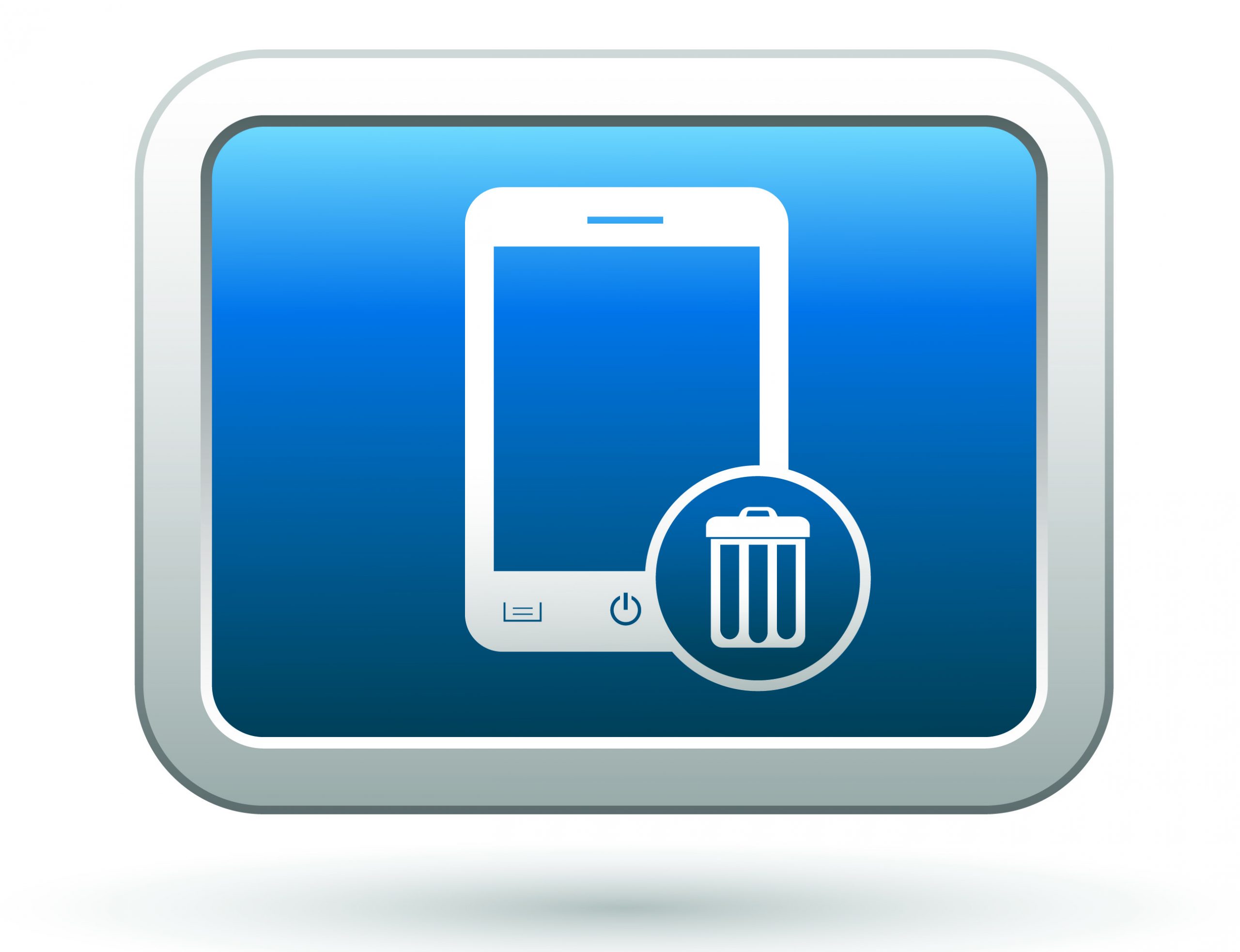
Clean Master frees up space and resources on your Android device
Piriform’s CCleaner is on its way to Android smartphones, but there are powerful all-in-one cleaning apps already available on Google Play, such as Clean Master.
The app, which has just received an update, can clean the cache, removing unused files, residual files, and clear search history. The app can also kill running tasks to free up more RAM, and let you uninstall any apps you rarely (if ever) use.
